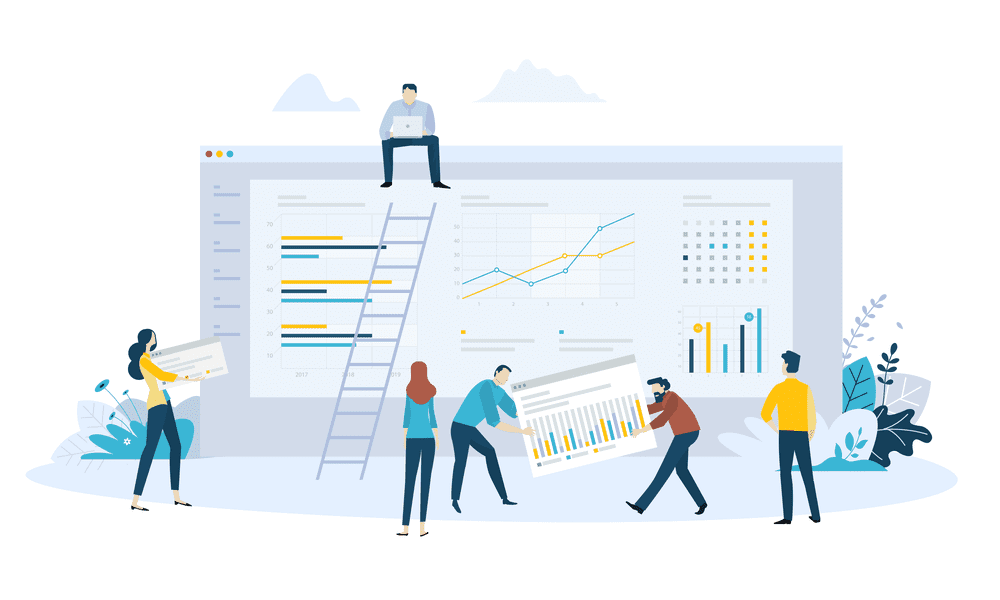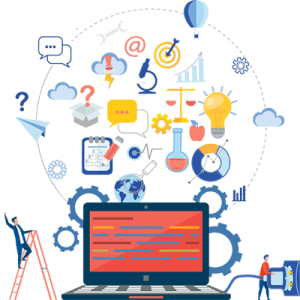System Development Life Cycle

1. Planning
In the first phase of system development, problems are identified and a plan is created. The objectives of the project are defined as well as end-user expectations and requirements. The resources required, such as personnel and finances, are identified. We suggest creating an Information Technology Committee (ITC) to integrate all departments involved.
A preliminary analysis can be conducted. All solutions have to be considered; is there a way to solve the problem at hand? A feasibility study can include looking for an existing system on the market.

2. Analysis
The Analysis Phase is where you break down the deliverables into the more detailed business requirements. It is also the part of the project where you identify the overall direction that the project will take through the creation of the project strategy documents. Gathering requirements is the main attraction of the Analysis Phase.
A Project Action Unit (PAU) could be created to help in the definitions of the requirements and the strategy of implementation. It should include the main users of the system but also members that will have authorities.
Lastly, the project team creates a document that helps transition from the Analysis Phase to the more technical and detailed Design Phase.

3. Design and Development
Once developers reach an understanding of the end user’s requirements, the actual product must be developed. The development phase will involve defining the elements required for the system and designing the specifications.
It will consider numerous components such as security level, modules, architecture, interfaces and types of data that the system will support. Elements include writing code, the physical construction of the system and the design of numerous items like output, input, databases, programs, procedures and controls.

4. Implementation
In this phase, the physical design of the system takes place. The Implementation phase is broad, encompassing efforts by both designers and end-users. The hardware and software are installed and the users begin to test the system after receiving training. If some data can be converted to the new system, it will be done.
The management level should be aware that a critical element of implementation success is communication. Who will be affected by this technological change? Employees, customers, the public?

5. Maintenance
Once a system is delivered and goes live, it requires continual monitoring and updating to ensure it remains relevant and useful. Requirements of this phase may include replacing periodically old hardware and providing updates for certain components to ensure they meet standards.
The system performance should be evaluated regularly. The Maintenance phase continues indefinitely until a new problem is discovered.